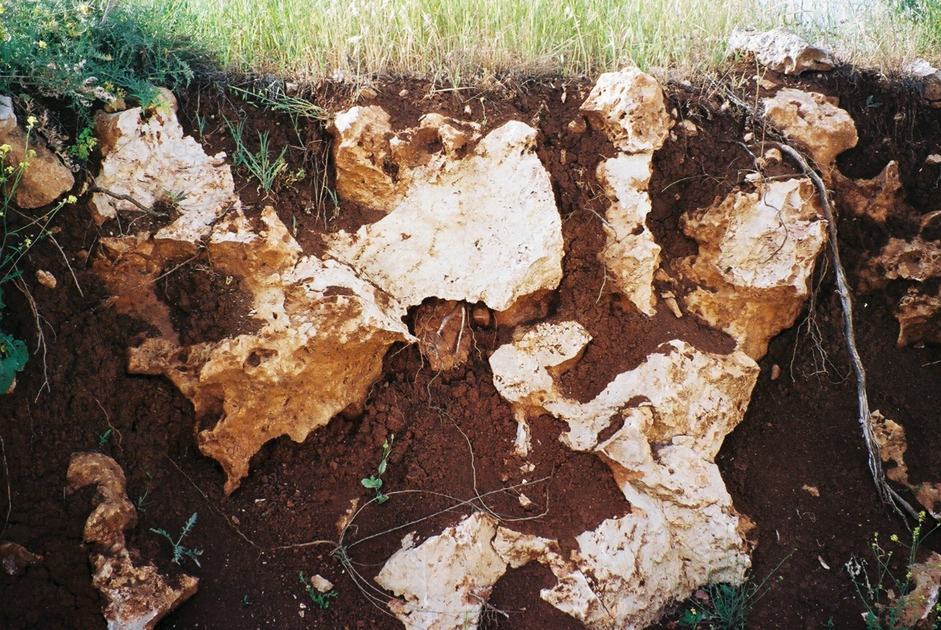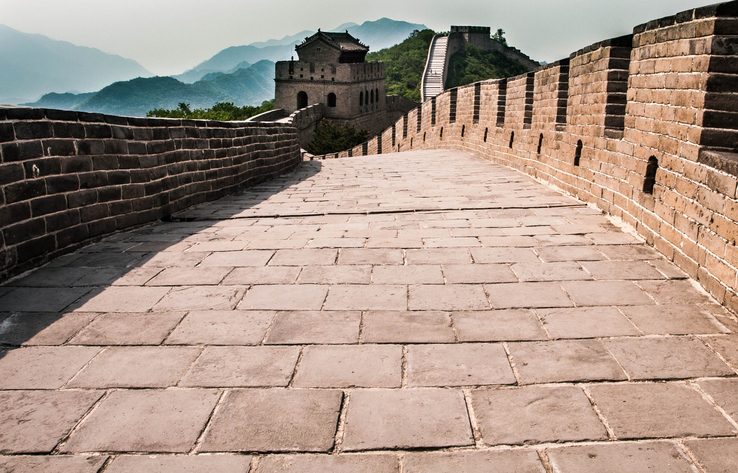
For the first time, researchers have fully mapped the “Genghis Khan’s Wall,” a 737km section of The Great Wall that resides outside of China along the Mongolian Steppe. Hebrew University of Jerusalem archaeologist Professor Gideon Shelach-Lavi led the international research team and published their findings in the latest edition of Antiquity.
The famous “Great Wall of China” actually consists of several fortifications, built piecemeal between the last millennia BC and the 17th century AD. Shelach-Lavi and his team studied the northern phase of this wall-building. Aptly named “The Northern Line,” this section spans 737 km (458 miles) and is mostly located in Mongolia, with some sections in Russia and China, an area that used to be home to nomadic tribes that routinely raided Imperial China. The wall was built during the Medieval Period (11th- 13th Centuries), an era that saw the rise of Genghis Khan (more accurately translated as “Chinggis Khan”).

Originally, researchers believed that this section of the wall was built to defend the local population from the Great Khan and his nomadic raiders. However, Shelach-Lavi’s findings suggest that defense was not the primary function of these fortifications.
“Our analysis of the wall suggests that it was not built to defend against large invading armies or even against nomadic raids into sedentary lands. Rather that it was geared to monitor and control the movements of nomadic populations and their herds,” explained lead author Gideon Shelach-Lavi, from the Hebrew University of Jerusalem.
By examining the wall’s placement and building style, the international team of archaeologists, which included colleagues from Yale University and the Mongolian Academy of Sciences, revealed The Northern Line’s primary role: to expand the influence of the Khitan-Liao Empire, one of the Imperial dynasties in the region, by controlling and monitoring the nomads that lived along their northern territory. 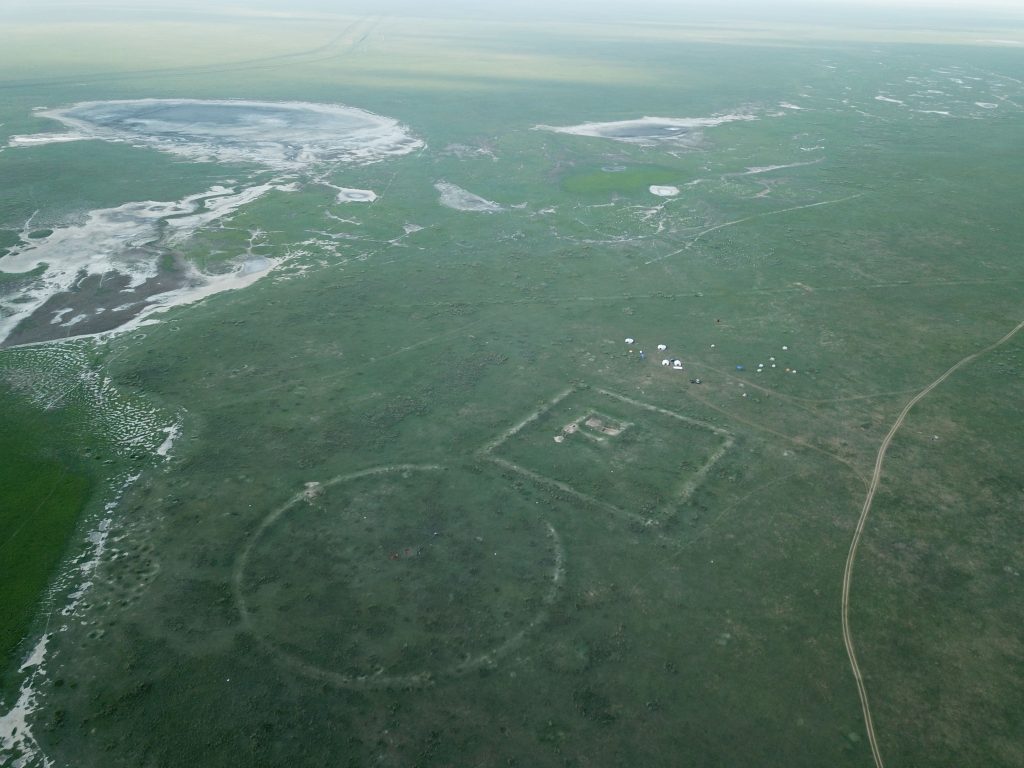
Significantly, many of the wall’s structures are not located at high vantage points, which are critical for military defense. Instead, they were located at lower altitudes, likely closer to roads and other sites that would aid in population control. “Our study suggests that the assumption that these were all military structures needs to be challenged,” shared Shelach-Lavi. “We need to study the structures and their context to better understand the reasons they were built,” he added.
Despite the apparent importance of The Northern Line, its construction is not mentioned in any contemporary documents. It was also neglected by later researchers, often only receiving a passing mention in textbooks. “This huge structure is extremely enigmatic,” said Shelach-Lavi.
Professor Shelach Lavi and his colleagues set out to change that, systematically mapping The Northern Line over several years. In addition to aerial views supplied by drones, they conducted a detailed survey of a small part of the wall and nearby structures. This allowed them to investigate the artefacts left behind and to study the construction of the wall. 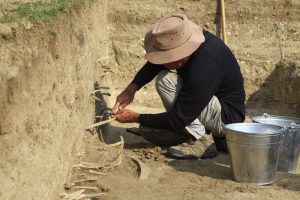
The team identified 72 structures along the wall that were organized into small clusters, each located roughly 30 km apart. This indicates that the wall was likely built in a single, organized phase, likely during the Khitan-Liao Empire (907-1125 AD). The Khitan-Liao dynasty predated the rule of Chinggis Khan (1162-1227 AD) and was one of the few states during the time period to consistently control this area of the Mongolian Steppe. 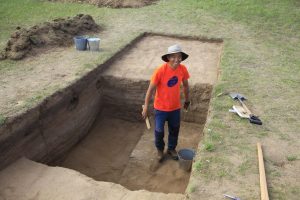
###
CITATION: Medieval long-wall construction on the Mongolian Steppe during the eleventh to thirteenth centuries AD – Gideon Shelach-Lavi, Ido Wachtel, Dan Golan, Otgonjargal Batzorig, Chunag Amartuvshin, Ronnie Ellenblum & William Honeychurch. https://doi.org/10.15184/aqy.2020.51
FUNDING: Mandel Scholion Interdisciplinary Research Center, Louis Frieberg Chair of East Asian Studies, Ring Family Foundation for Atmospheric and Global Studies.


